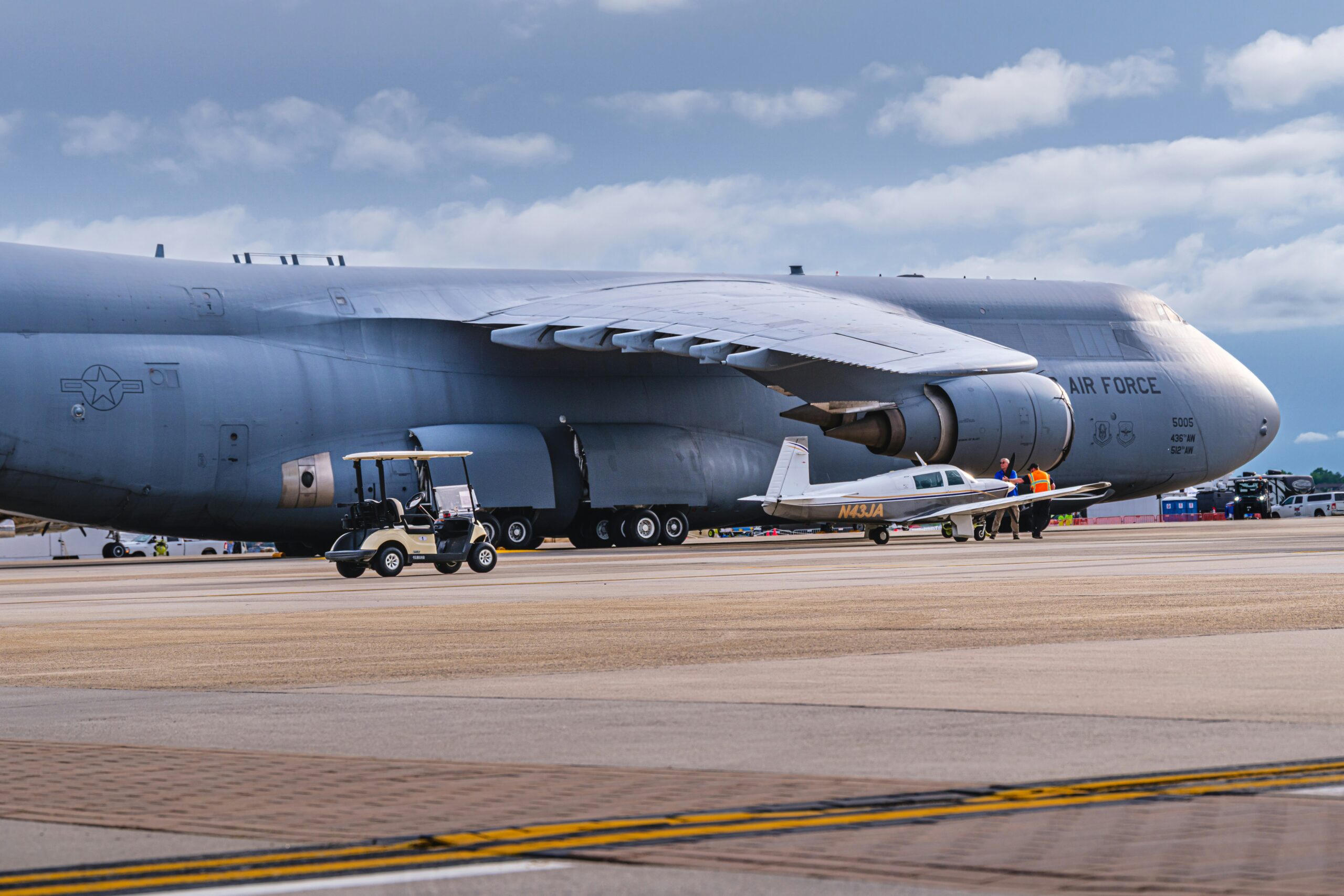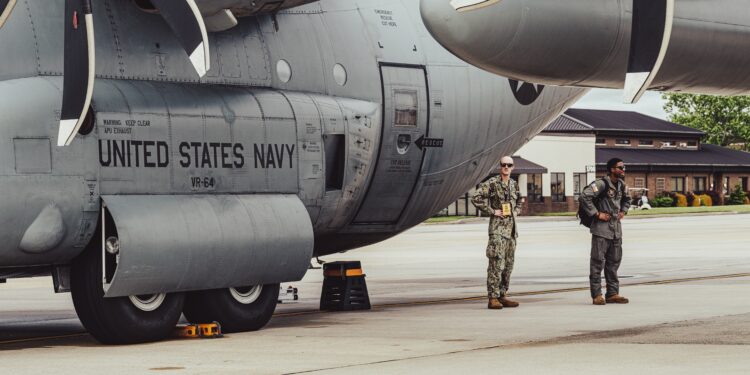Washington is quietly setting up a military presence at a Damascus airbase, signaling a deeper push by the U.S. into the Middle East’s shifting power map. Multiple insiders say the move could redefine post-war Syria and shape a new kind of peace between Damascus and Israel.
A Shift in U.S. Strategy
For years, the U.S. operated from northern and eastern Syria under the guise of fighting ISIS. But this time, the plan around the Damascus airbase looks different. It’s less about counterterrorism and more about positioning
After the fall of Bashar al-Assad, Syria’s new leadership under Ahmed al-Sharaa is showing signs of breaking from Iran’s orbit. The White House sees this as a historic opening — a chance to draw
Damascus closer and use the new airbase as leverage in broader regional talks.

The Israel-Syria Angle
Sources familiar with the matter say Washington’s quiet base construction near Damascus is directly tied to a potential non-aggression pact between Syria and Israel, one that would establish a monitored demilitarized zone across the Golan region.
The airbase would serve as the hub for logistics, surveillance, and humanitarian operations under the agreement.
A Western defense official told reporters that reconnaissance teams had already confirmed the runway’s readiness for U.S. operations. The plan is to keep Syria’s “full sovereignty” on paper while embedding American presence in practice — a balancing act that reflects Washington’s careful diplomatic messaging.
Syria’s Denial, Washington’s Silence
The Syrian Foreign Ministry has officially dismissed reports of any such plan, calling them “false.” Yet several diplomatic and military sources insist that quiet cooperation is already underway. Pentagon officials, when pressed, neither confirmed nor denied the project, citing operational security.
A U.S. defense insider described the initiative as part of “a necessary repositioning” to secure the region after a decade of fragmented policy. That phrase alone hints that the Damascus base could mark the first major American military re-entry into central Syria in years.
Regional Implications
If confirmed, this would align Washington with a new bloc, a Middle East realigned by quiet deals rather than open wars. The U.S. already maintains similar presence-monitoring posts in Lebanon and Israel to oversee ceasefire agreements. The Damascus plan fits that pattern: limited troops, heavy intelligence coordination, and symbolic leverage.
The real goal seems to be creating a forward post in the heart of a country long aligned with Moscow and Tehran. Analysts say this is less about Syria itself and more about sending a message — that the U.S. is back in the Middle East chess game, and this time, it wants a piece of the board, not just the sidelines.
Trump’s Calculated Gamble
President Donald Trump, who has long advocated for “strategic realignment” in the region, is expected to meet Syrian President Sharaa at the White House next week. The meeting is being described as the most consequential U.S.-Syria engagement in decades.
Insiders believe the Damascus airbase will be one of the quiet topics on the table, framed as a “joint security platform” rather than a new occupation.
Trump’s administration is reportedly aiming to announce the Israel-Syria security pact before year’s end, hoping to showcase it as proof of Washington’s regained leverage after years of chaos.
The New Middle East Map
What’s unfolding around Washington’s plan for the Damascus airbase goes far beyond one base. It reflects how U.S. power is evolving, from boots-on-ground warfare to influence through strategic positioning.
If Syria agrees to this new reality, it could reshape not just Damascus’ alliances but the region’s entire balance of power. The U.S., once accused of abandoning the Middle East, may now be planting its flag again this time, in the shadows of Damascus.

















